Qinghe Gao
MachineLearnAthon: An Action-Oriented Machine Learning Didactic Concept
Jan 29, 2024Abstract:Machine Learning (ML) techniques are encountered nowadays across disciplines, from social sciences, through natural sciences to engineering. The broad application of ML and the accelerated pace of its evolution lead to an increasing need for dedicated teaching concepts aimed at making the application of this technology more reliable and responsible. However, teaching ML is a daunting task. Aside from the methodological complexity of ML algorithms, both with respect to theory and implementation, the interdisciplinary and empirical nature of the field need to be taken into consideration. This paper introduces the MachineLearnAthon format, an innovative didactic concept designed to be inclusive for students of different disciplines with heterogeneous levels of mathematics, programming and domain expertise. At the heart of the concept lie ML challenges, which make use of industrial data sets to solve real-world problems. These cover the entire ML pipeline, promoting data literacy and practical skills, from data preparation, through deployment, to evaluation.
Deep reinforcement learning for process design: Review and perspective
Aug 15, 2023Abstract:The transformation towards renewable energy and feedstock supply in the chemical industry requires new conceptual process design approaches. Recently, breakthroughs in artificial intelligence offer opportunities to accelerate this transition. Specifically, deep reinforcement learning, a subclass of machine learning, has shown the potential to solve complex decision-making problems and aid sustainable process design. We survey state-of-the-art research in reinforcement learning for process design through three major elements: (i) information representation, (ii) agent architecture, and (iii) environment and reward. Moreover, we discuss perspectives on underlying challenges and promising future works to unfold the full potential of reinforcement learning for process design in chemical engineering.
Transfer learning for process design with reinforcement learning
Feb 07, 2023Abstract:Process design is a creative task that is currently performed manually by engineers. Artificial intelligence provides new potential to facilitate process design. Specifically, reinforcement learning (RL) has shown some success in automating process design by integrating data-driven models that learn to build process flowsheets with process simulation in an iterative design process. However, one major challenge in the learning process is that the RL agent demands numerous process simulations in rigorous process simulators, thereby requiring long simulation times and expensive computational power. Therefore, typically short-cut simulation methods are employed to accelerate the learning process. Short-cut methods can, however, lead to inaccurate results. We thus propose to utilize transfer learning for process design with RL in combination with rigorous simulation methods. Transfer learning is an established approach from machine learning that stores knowledge gained while solving one problem and reuses this information on a different target domain. We integrate transfer learning in our RL framework for process design and apply it to an illustrative case study comprising equilibrium reactions, azeotropic separation, and recycles, our method can design economically feasible flowsheets with stable interaction with DWSIM. Our results show that transfer learning enables RL to economically design feasible flowsheets with DWSIM, resulting in a flowsheet with an 8% higher revenue. And the learning time can be reduced by a factor of 2.
Graph neural networks for the prediction of molecular structure-property relationships
Jul 25, 2022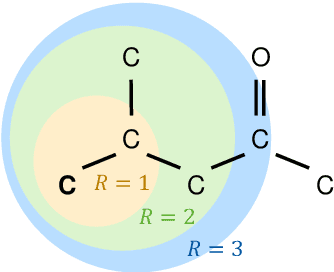
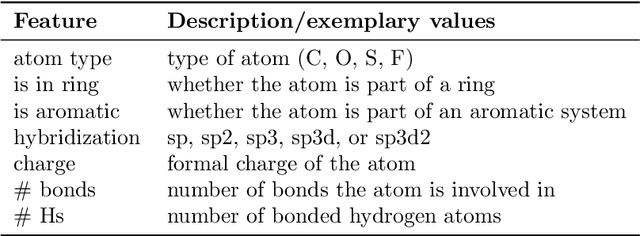
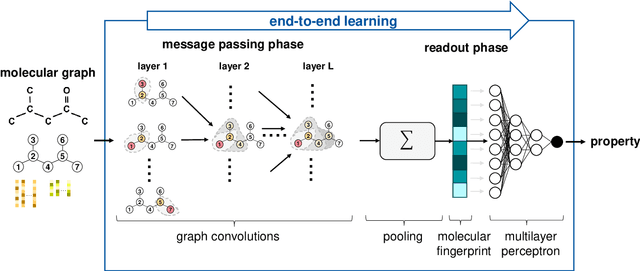

Abstract:Molecular property prediction is of crucial importance in many disciplines such as drug discovery, molecular biology, or material and process design. The frequently employed quantitative structure-property/activity relationships (QSPRs/QSARs) characterize molecules by descriptors which are then mapped to the properties of interest via a linear or nonlinear model. In contrast, graph neural networks, a novel machine learning method, directly work on the molecular graph, i.e., a graph representation where atoms correspond to nodes and bonds correspond to edges. GNNs allow to learn properties in an end-to-end fashion, thereby avoiding the need for informative descriptors as in QSPRs/QSARs. GNNs have been shown to achieve state-of-the-art prediction performance on various property predictions tasks and represent an active field of research. We describe the fundamentals of GNNs and demonstrate the application of GNNs via two examples for molecular property prediction.
Flowsheet synthesis through hierarchical reinforcement learning and graph neural networks
Jul 25, 2022



Abstract:Process synthesis experiences a disruptive transformation accelerated by digitization and artificial intelligence. We propose a reinforcement learning algorithm for chemical process design based on a state-of-the-art actor-critic logic. Our proposed algorithm represents chemical processes as graphs and uses graph convolutional neural networks to learn from process graphs. In particular, the graph neural networks are implemented within the agent architecture to process the states and make decisions. Moreover, we implement a hierarchical and hybrid decision-making process to generate flowsheets, where unit operations are placed iteratively as discrete decisions and corresponding design variables are selected as continuous decisions. We demonstrate the potential of our method to design economically viable flowsheets in an illustrative case study comprising equilibrium reactions, azeotropic separation, and recycles. The results show quick learning in discrete, continuous, and hybrid action spaces. Due to the flexible architecture of the proposed reinforcement learning agent, the method is predestined to include large action-state spaces and an interface to process simulators in future research.
Modeling Category-Selective Cortical Regions with Topographic Variational Autoencoders
Oct 25, 2021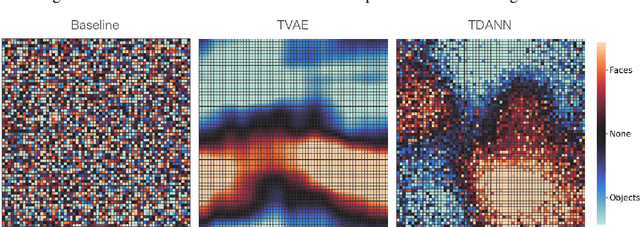
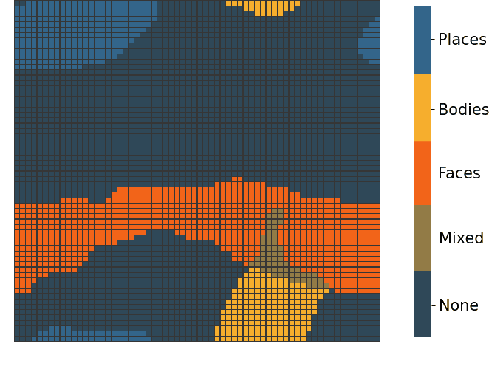

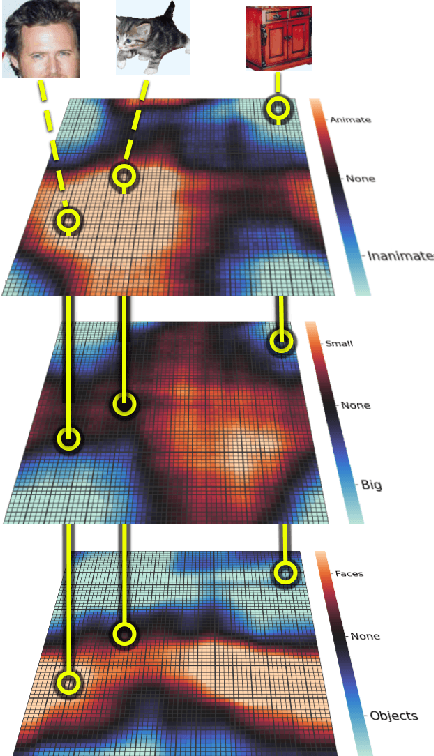
Abstract:Category-selectivity in the brain describes the observation that certain spatially localized areas of the cerebral cortex tend to respond robustly and selectively to stimuli from specific limited categories. One of the most well known examples of category-selectivity is the Fusiform Face Area (FFA), an area of the inferior temporal cortex in primates which responds preferentially to images of faces when compared with objects or other generic stimuli. In this work, we leverage the newly introduced Topographic Variational Autoencoder to model of the emergence of such localized category-selectivity in an unsupervised manner. Experimentally, we demonstrate our model yields spatially dense neural clusters selective to faces, bodies, and places through visualized maps of Cohen's d metric. We compare our model with related supervised approaches, namely the TDANN, and discuss both theoretical and empirical similarities. Finally, we show preliminary results suggesting that our model yields a nested spatial hierarchy of increasingly abstract categories, analogous to observations from the human ventral temporal cortex.
 Add to Chrome
Add to Chrome Add to Firefox
Add to Firefox Add to Edge
Add to Edge